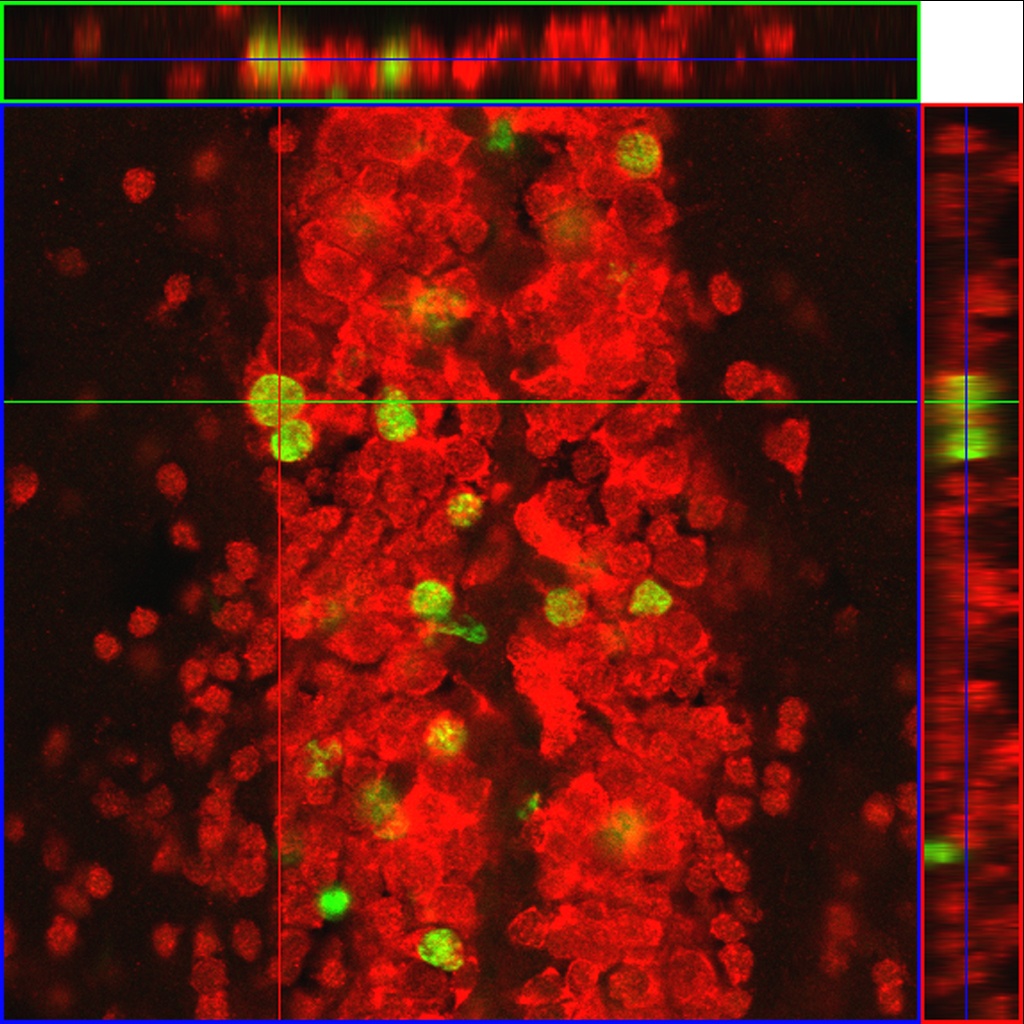The research focus of the Lindsey Lab is to understand the context-dependent behaviour and regulation of distinct neural stem cell populations from birth to senescence, with learning and environmental interactions, and during the regenerative process following injury or with neurodegenerative disease. Along with maturation of the stem cell niche, and neural stem cells and repair; one of our research themes at the Lindsey Lab is plasticity and animal behaviour.
A fundamental property of adult neurogenesis, is its widespread neurogenic plasticity. This biological trait allows for changes in the population size of cells a differing stages in the neurogenic process include the size of the neural stem and progenitor pool, the number of newly differentiated neurons, and the long-term survival and integration of neurons into existing brain circuitry. This population level plasticity has been well documented in rodent models, illustrating how learning and memory and social interactions, for example, can modulate physiological rates of adult neurogenesis. Much less is currently understood of teleost models, such as zebrafish, that harbor a multitude of lifelong CNS stem cell compartments. A small number of studies to date suggest that like mammals, neural stem cell populations along with their newborn neurons in fish models may be associated with information processing as a result of changes in environmental stimuli or daily biological behaviours. The abundance of neural stem cell niches in the zebrafish brain located in both higher-order centers and sensory processing zones provides a unique opportunity to discover the role of the adult neurogenic process as it relates to species-specific animal behaviour. The Lindsey Lab is interested in defining how distinct neural stem and progenitor cell populations and their differentiated progeny are modulated in responsive to learning and memory, social interactions, enrichment and deprivation.





